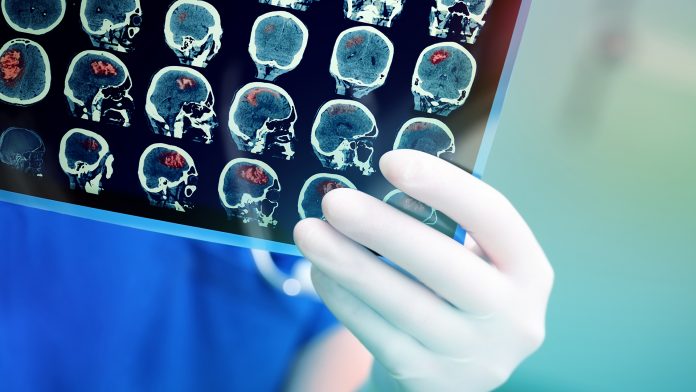
New research has given the clearest picture of young children’s developing brains, using a wearable brain scanner.
University of Nottingham researchers have developed a novel design which opens up new opportunities for tracking critical development milestones, like walking and talking and how neurodevelopmental conditions occur.
The research team from the School of Physics and Astronomy used a magnetoencephalography (MEG) scanner to measure brain electrophysiology in children as young as two. The findings have been published in eLife.
Designing the brain scanner using quantum technology
Brain cells operate and communicate by producing electrical currents. These currents generate tiny magnetic fields that can be detected outside the head. The novel system measured these fields and used mathematical modelling to turn the fields into high-fidelity images showing, millisecond-by-millisecond, which parts of the brain are engaged when we undertake tasks.
The wearable brain scanner is based on quantum technology, using LEGO-brick-sized sensors called optically pumped magnetometers (OPMs) incorporated into a lightweight helmet to measure the fields generated by brain activity. The system can be adapted to fit any age group, from toddlers to adults and the sensors can be placed close to the head, improving data quality. Patients can move whilst wearing the brain scanner, making it perfect for young children who struggle with conventional scanners.
Examining brain waves in children and adults
The researchers studied a fundamental component of brain function called ‘neural oscillations’ (or brain waves) in 27 children aged two-13 years and 26 adults aged 21 to 34 years. Different areas of the brain are responsible for different behavioural and neural oscillations aspects.
The researchers measured how this connectivity changed as we age, and how our brains use short, punctate bursts of electrophysiological activity to inhibit networks of brain regions, and consequently to control how we attend to incoming sensory stimuli.
“The wearable system has opened up new opportunities to study and understand children’s brains at much younger ages than was previously possible with MEG. There are important reasons for moving to younger participants: from a neuroscientific viewpoint, many critical milestones in development occur in the first few years (even months) of life. If we can use our technology to measure the brain activities that underpin these developmental milestones, this would offer a new understanding of brain function,” commented Dr Lukas Rier, School of Physics and Astronomy, who jointly led the research.









